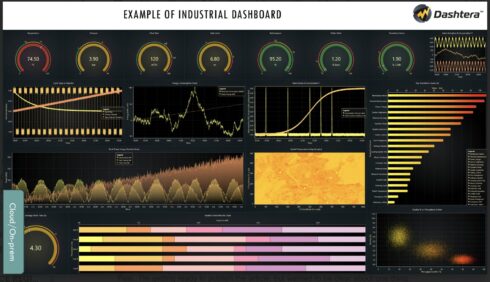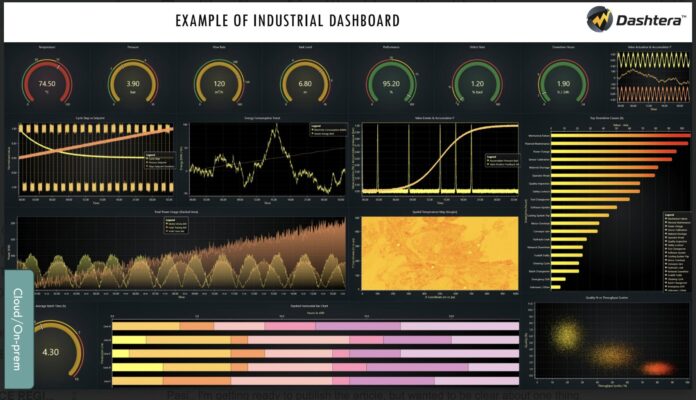
The drive for innovation behind Lightning Chart – and its upcoming data analytics and dashboard solution, Dashtera – is rooted in the history of the company’s founder, Pasi Tuomainen. Though his family had an established electrical company in Finland — Pasi’s passion was always software. He found himself drawn to creating code rather than installing lights.
During his academic career in computer science and electronics, he was hired by a local medical company, where his work involved creating complex, demanding applications, including computer games designed for the rehabilitation of brain stroke patients.
“They needed to visualize EEG data from hundreds of different channels, like sensors attached to your head and muscles, with high sampling frequencies,” he recalled, noting that technology hadn’t been created yet.. “So that was the ignition point of Lightning Chart.”
At first, Tuomainen said, it was a struggle. “The first two years, it was really challenging. There was practically no income. My wife almost kicked me out of the home. ‘Bring me money, or I leave.’ “
The company did gain traction, though, starting to build components on the Windows .NET platform, and along the journey added C#, JavaScript, and then created financial trading charts with WebGL and GPU acceleration. They added “super fast” Python sorting libraries last year, he said, and now Lightning Chart’s Dashtera analytics platform is in beta. “So this is a very wide set of different data, with visualization tools for a wide variety of industries.”
Dashtera is capable of visualizing up to billions of data points within a web-based user interface. Its core strength lies in its capability to generate real-time streaming, which allows users to visualize high-data-rate streaming data from sources such as racing car telemetry, medical devices, or aircraft transmissions.
This tremendous speed is made possible by a proprietary, self-developed JS rendering engine, which Tuomainen called the “fastest technology available.” Comparative data shows the rendering performance drastically exceeds known competitors like Grafana, with Dashtera claiming to be almost 400,000 times faster in real-time streaming applications and over 3,000 times faster in static scenarios.
Beyond pure speed, the platform boasts a feature set for multiple use cases and delivers true data observability. These include detailed BI charting, extreme engineering visualizations designed for process control and industrial automation, and advanced 3D charting.
Dashtera is available as a web-based system at dashtera.com, where users can create accounts and begin analyzing data immediately, and it can also be deployed as an on-premises solution. It supports a variety of data connectors, including standard SQL databases, and streaming inputs from InfluxDB, Apache Kafka, and Snowflake, making it easy to integrate with existing data architectures. The platform provides extensive tooling, with around 100 different charts available for creating fully custom and scientific dashboards.

